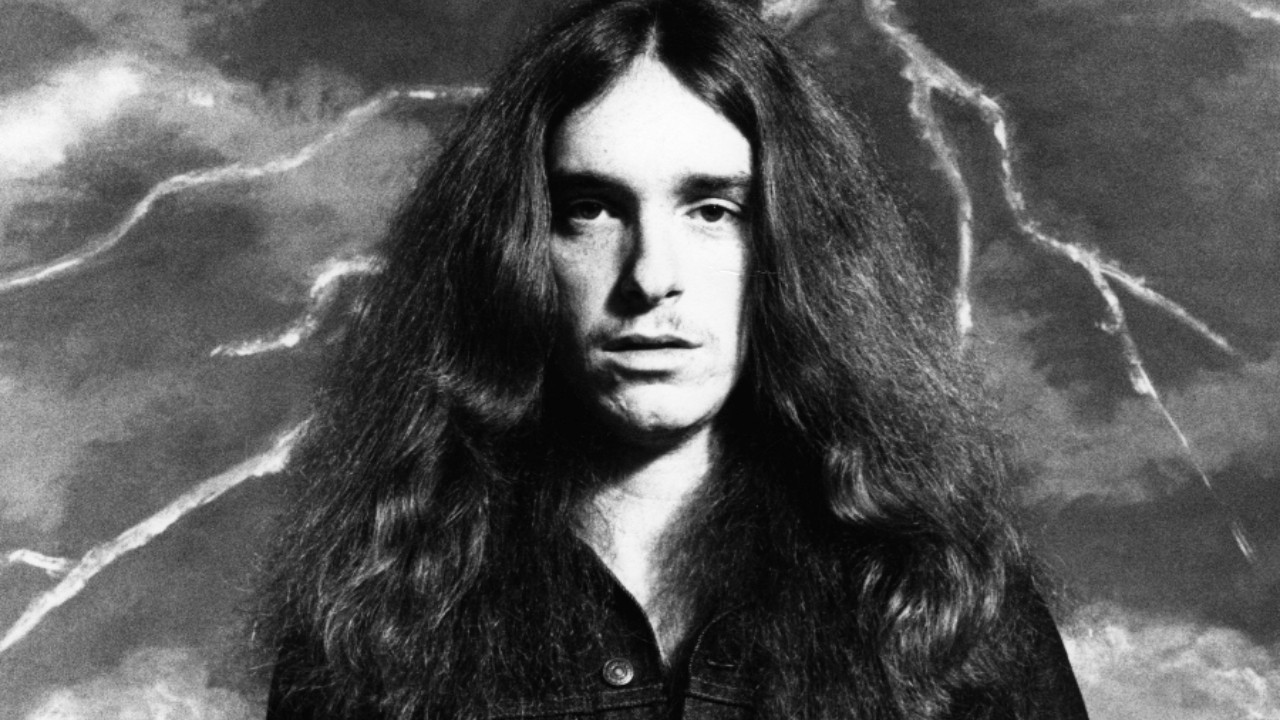A Cliff Burton Museum is scheduled to launch in Ljungby, Sweden next month.
The museum will honour the life of the late Metallica bassist, who died in a tour bus accident on September 27, 1986, 12 miles north of Ljungby. At the time of the crash, Metallica were on tour with Anthrax across Europe.
A memorial stone was erected near the crash site by the band's Swedish fanclub a decade ago, which has seen numerous visitors arriving to pay their respects to the late bassist.
As per the museum's Instagram page, it will officially open its doors on May 14 at a special event, where Bass Player magazine editor Joel McIver, who wrote a 2009 biography on Burton that featured a foreword by Metallica's Kirk Hammett, will be hosting a talk on the late musician's legacy.
According to Guitar World, the attraction will display pictures, albums, posters and tickets, as well as interviews and photos from the first photographer at the site of Burton's death, Lennart Wennberg of the Swedish newspaper Expressen.
It will additionally feature a film of recollections from first responders at the crash scene as well as a stage that recreates the bassist's final performance alongside Metallica in Stockholm. Copies of his bass, as well as Lars Ulrich's drum kit from the performance, will be exhibited, plus a poster that carries Burton's last autograph.
Organisers of the museum explain, "We primarily want to honour Cliff Burton, who died so tragically in the middle of his career, and talk about who he was as a person and a musician.
"Our second main purpose is to create a meeting place for all those who seek the memorial site in the small community of Dörarp. We want to continue the fine work that the fans started when they started raising funds to make Cliff's memorial stone."
The Cliff Burton museum was partially funded by the Swedish government (the Swedish National Heritage Board) who awarded SEK 300,000 (approximately $32,000) to Bergabygden's culture and tourism association. The SNHB are responsible for world heritage sites and other national heritage monuments and historical environments, such as museums.

